It starts May 12, and ends Oct 17. Let's see what you got!
https://polycount.com/discussion/237047/the-brawl²-tournament
Timeless Epoch (Procedurally Generated)
Artstation: https://www.artstation.com/muqaddasaman
Hey Polycounters! Just wrapped up my final MA project — Timeless Epoch — and I’m super excited to share it here.
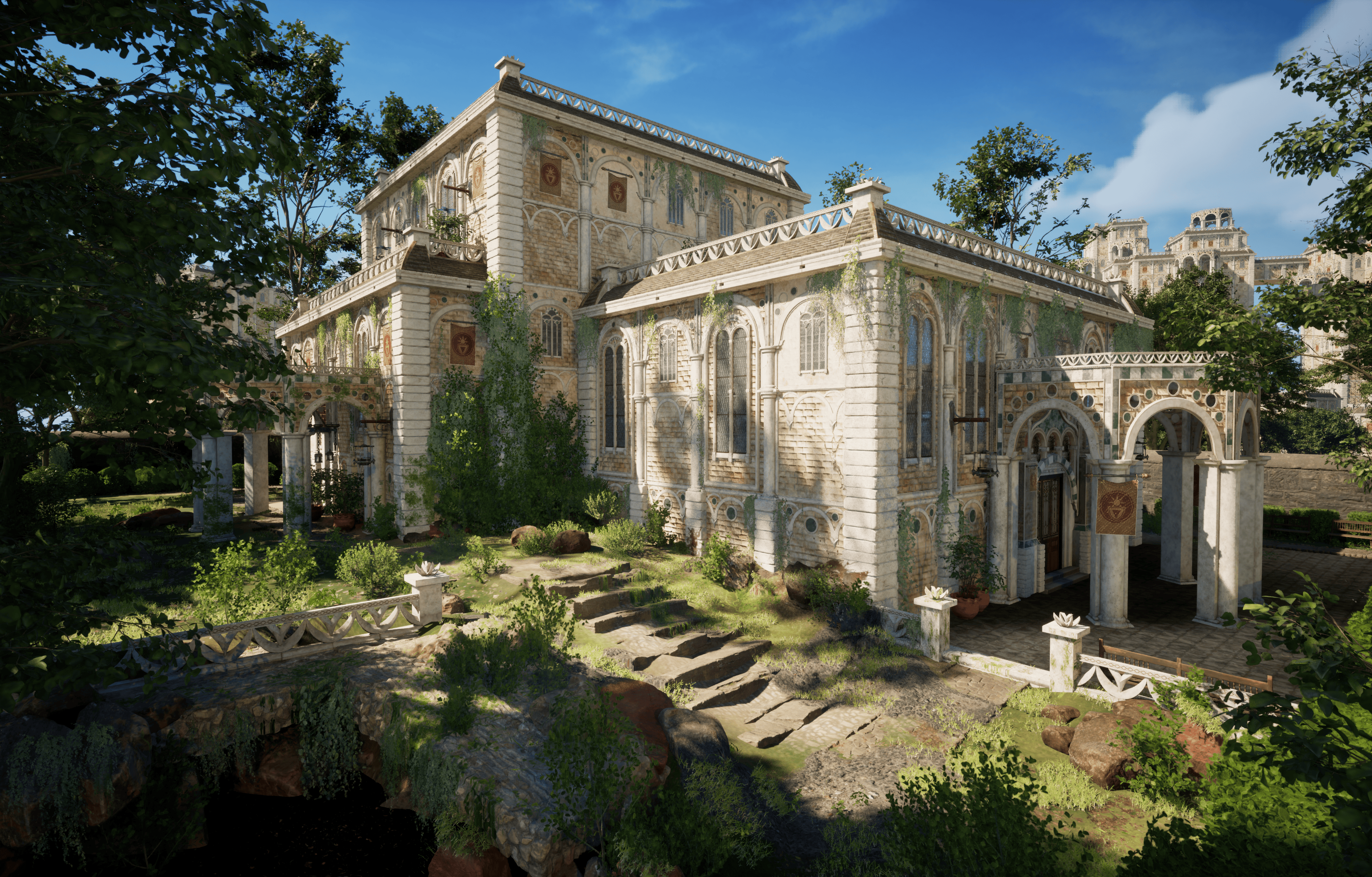
1. Initial Inspiration
The idea for Timeless Epoch began with my fascination for base-building mechanics in V Rising. I was especially intrigued by how rooftops were generated automatically whenever an enclosed structure was detected. That simple, elegant solution sparked a question that became the backbone of this project:
“Could an automated system empower artists to generate game-ready structures while still matching the quality of handcrafted environments?”
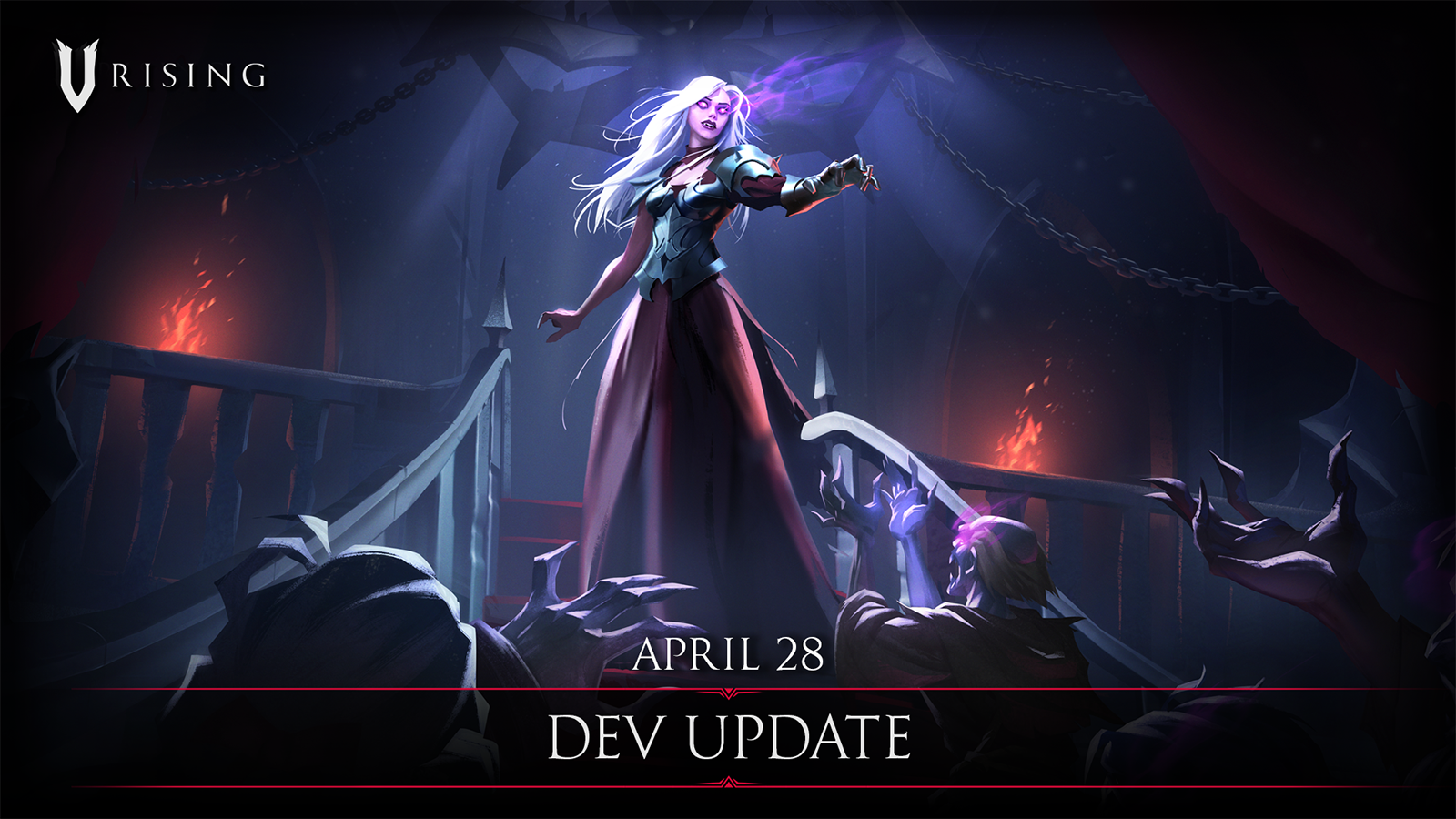
This question aligned perfectly with my passion for environment art and became the challenge I set for my Master’s final project. My visual benchmark throughout was Oscar’s House from Baldur’s Gate 3, created by Jef Simons and the team at Larian Studios.
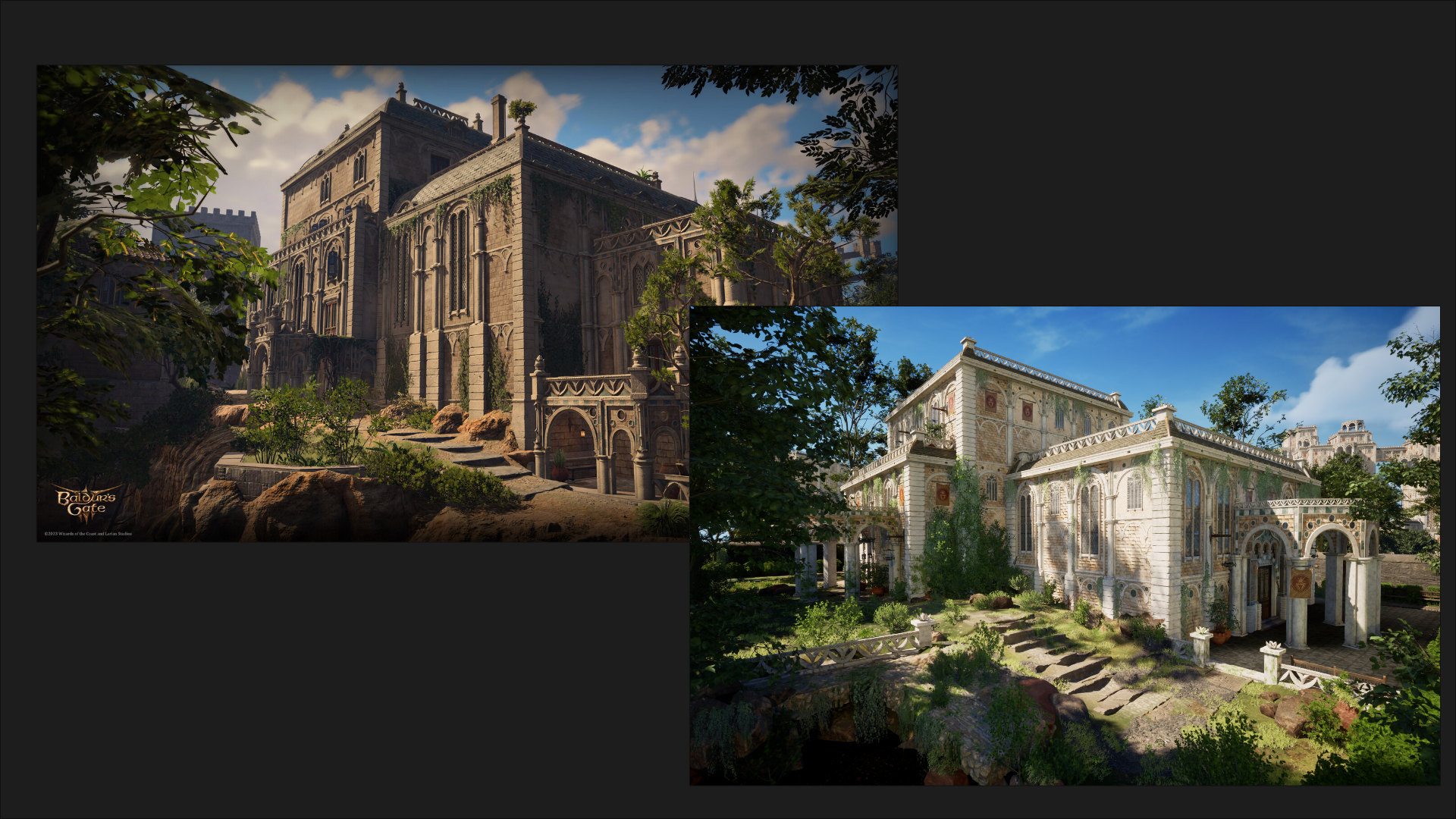
2. Creating the PCG System
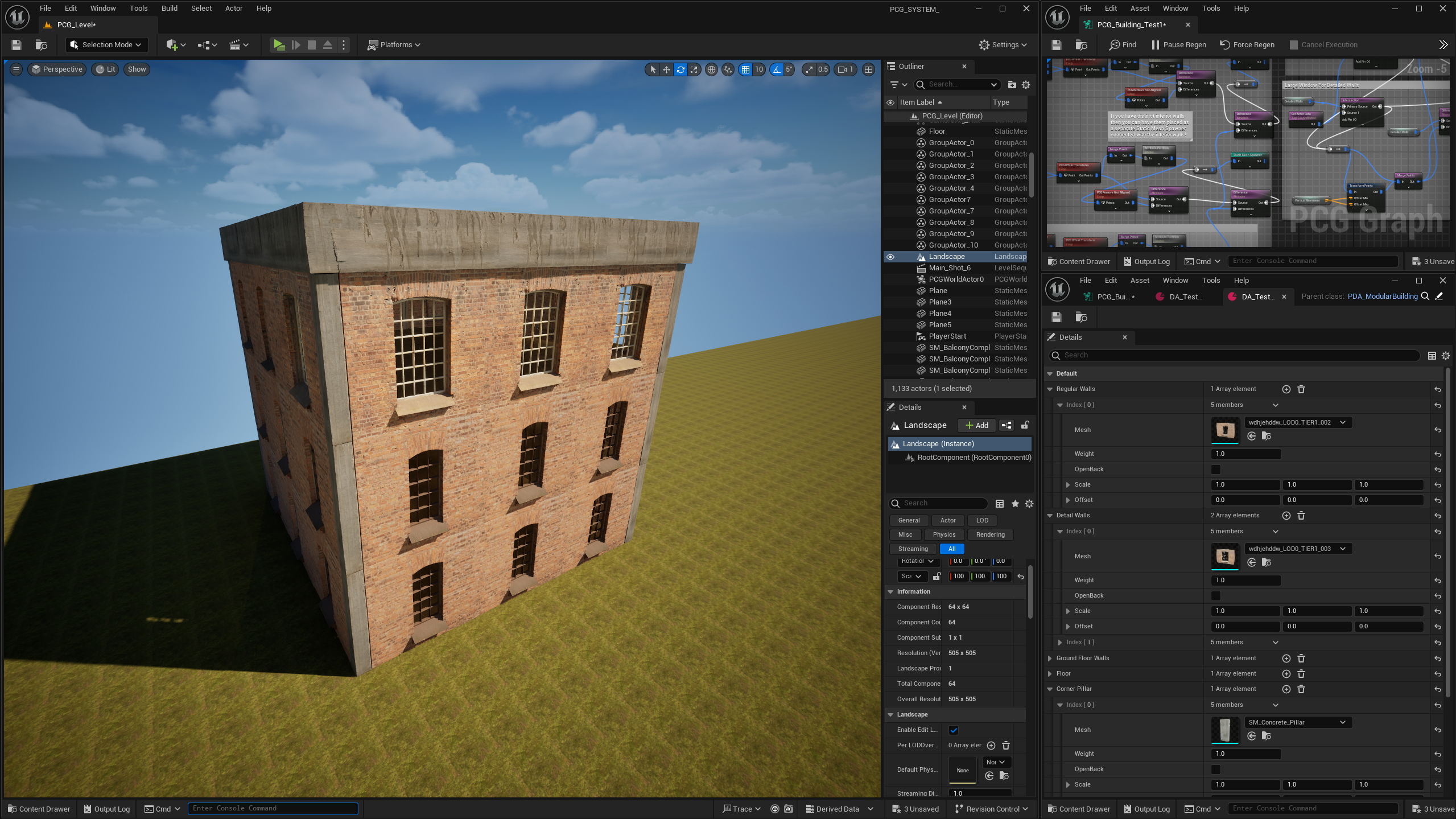

At the technical core of Timeless Epoch lies a Procedural Content Generation (PCG) system built entirely in Unreal Engine 5. The system uses:
-
Spline Points → to define the structure’s footprint and height.
-
Data Assets → a library of modular components such as walls, pillars, windows, and roofs.
-
Blueprint Graphs → which control how assets are placed, offset, and replaced dynamically.
I expanded this base system with custom logic for:
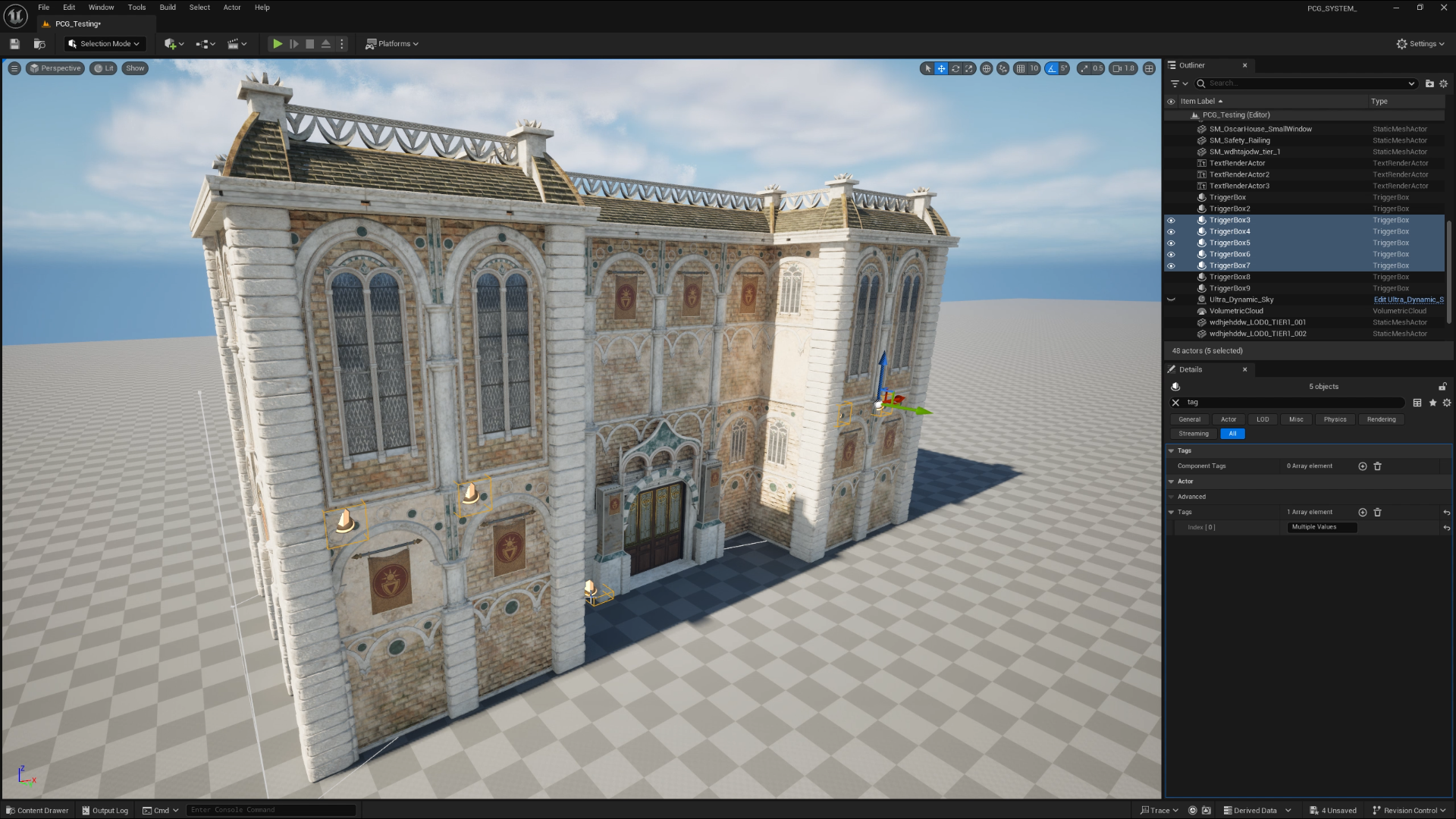
-
Trigger boxes with tags → allowing unique props (like windows or doors) to automatically replace spline points.
-
Corner detection → solving one of the hardest challenges of modular PCG generation.
- Custom floor controls → enabling unique designs for ground and top floors
The result is a spline-based system where entire medieval structures can be generated instantly, with artists free to customize parameters like height, wall type, or decorative elements.
3. Creating the Modular Asset Kit
While the PCG system provides the brains, the modular asset kit serves as the heart of the project.
Over 20 unique modular pieces and props were hand-modeled in Blender and textured in Substance Painter/Designer.
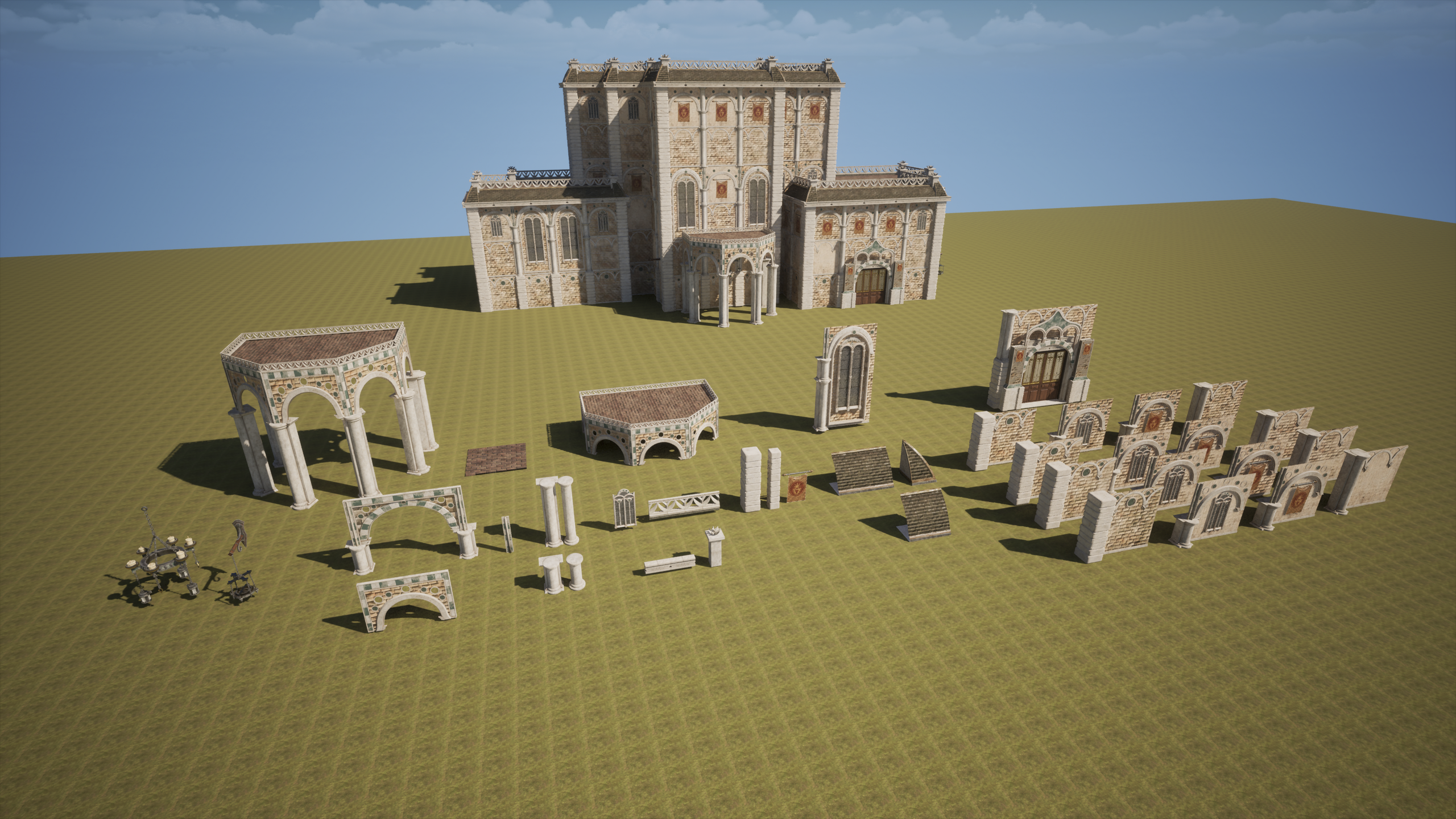
-
Materials were crafted to match the visual quality of Baldur’s Gate 3 and A Plague Tale: Requiem.
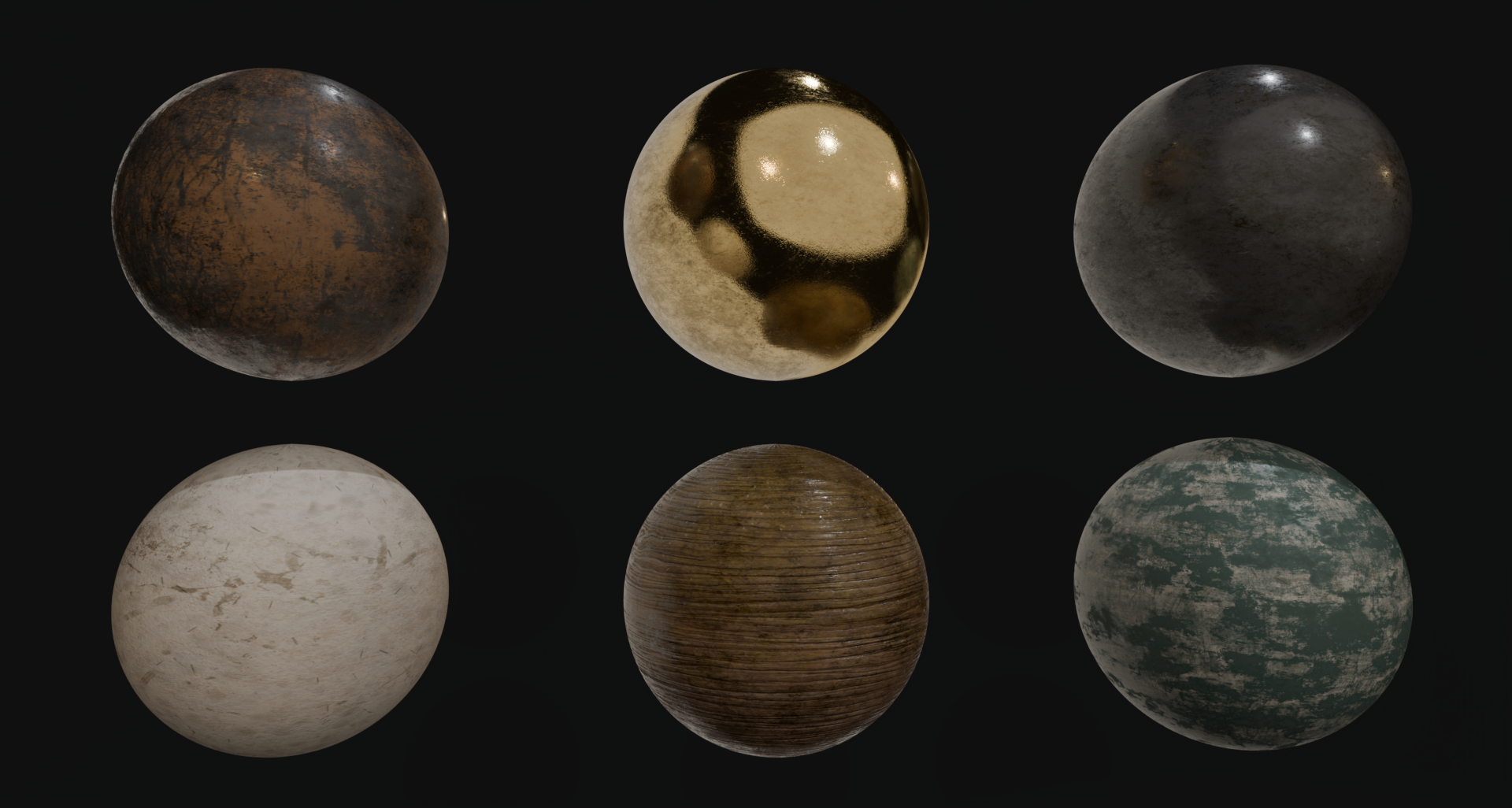
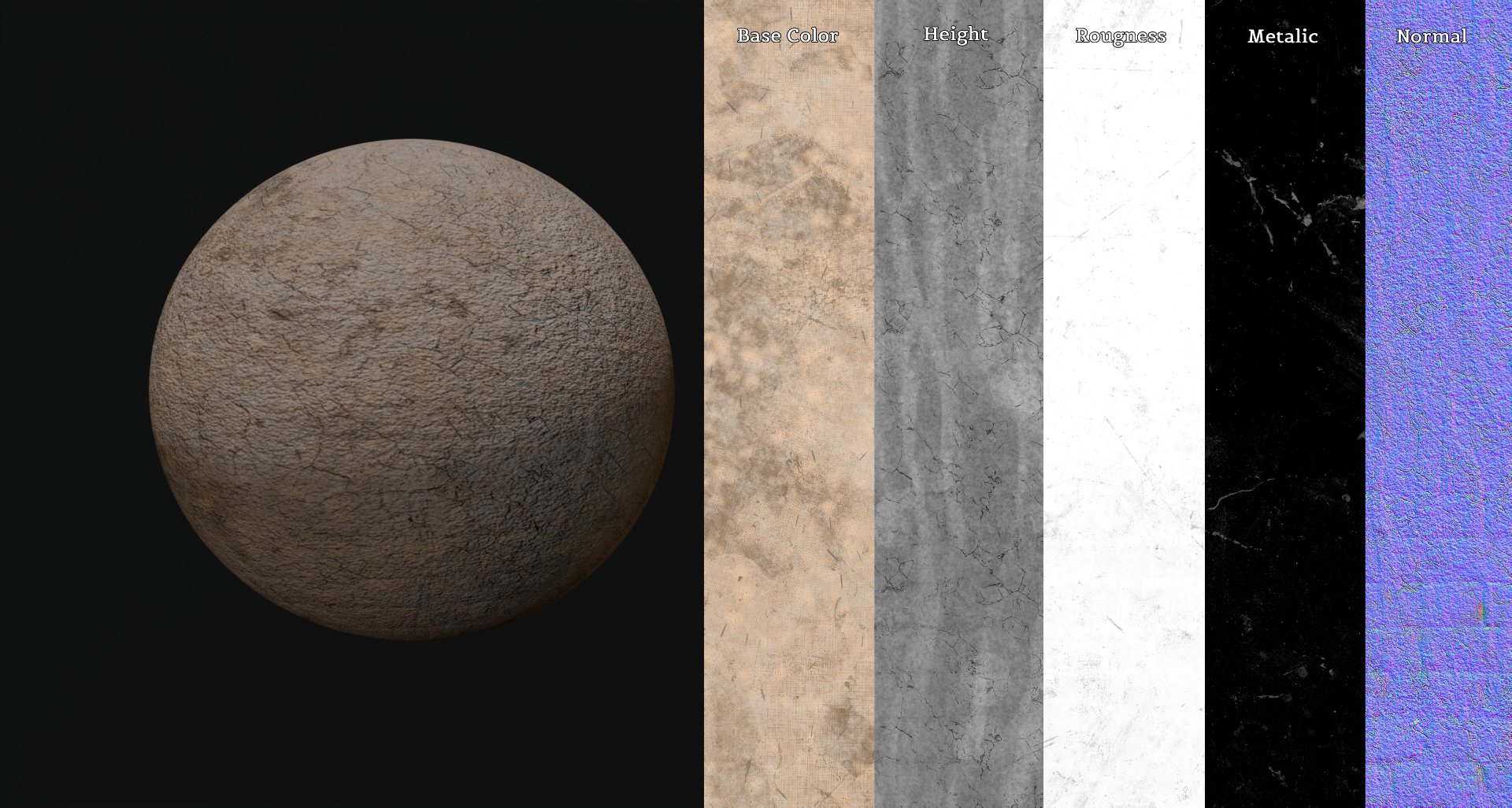
-
To compensate for the lack of vertex painting in the PCG workflow, I created alternate wall variations (plastered, mossy, damaged) divided across ground, middle, and top floors.
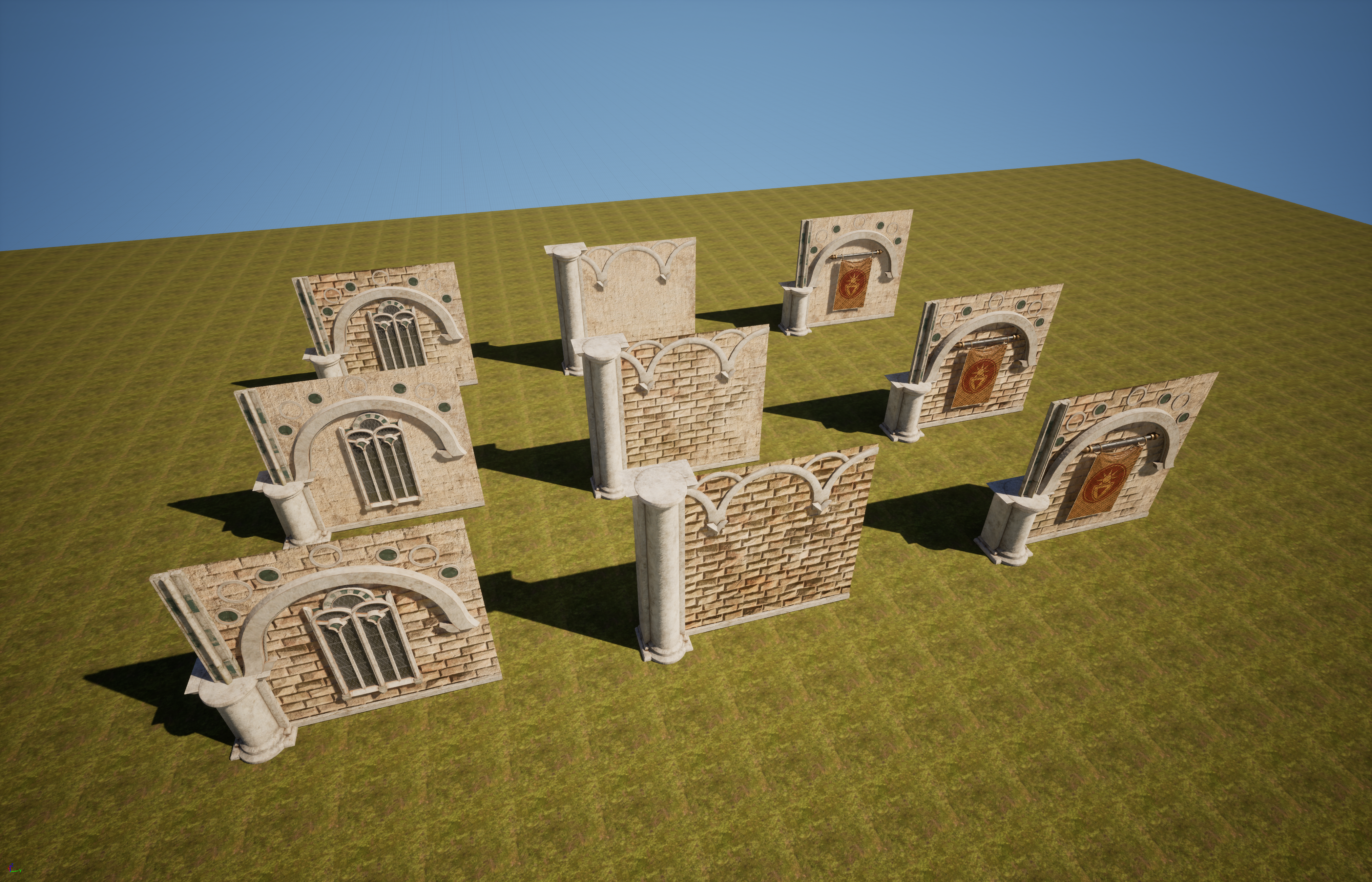
-
Decorative props such as torches, chandeliers, pottery, and a custom-designed entrance door added richness and variety to the generated buildings.
The goal was always to build assets at a quality where, even though procedurally generated, the structures would still stand shoulder-to-shoulder with handcrafted works.
4. Final
After months of iteration, the final environment was set as a villa-inspired layout, surrounded by foliage and stone walls (using Megascans for environment props to save time). The focus was deliberately on showcasing the PCG system and modular kit rather than environmental clutter.
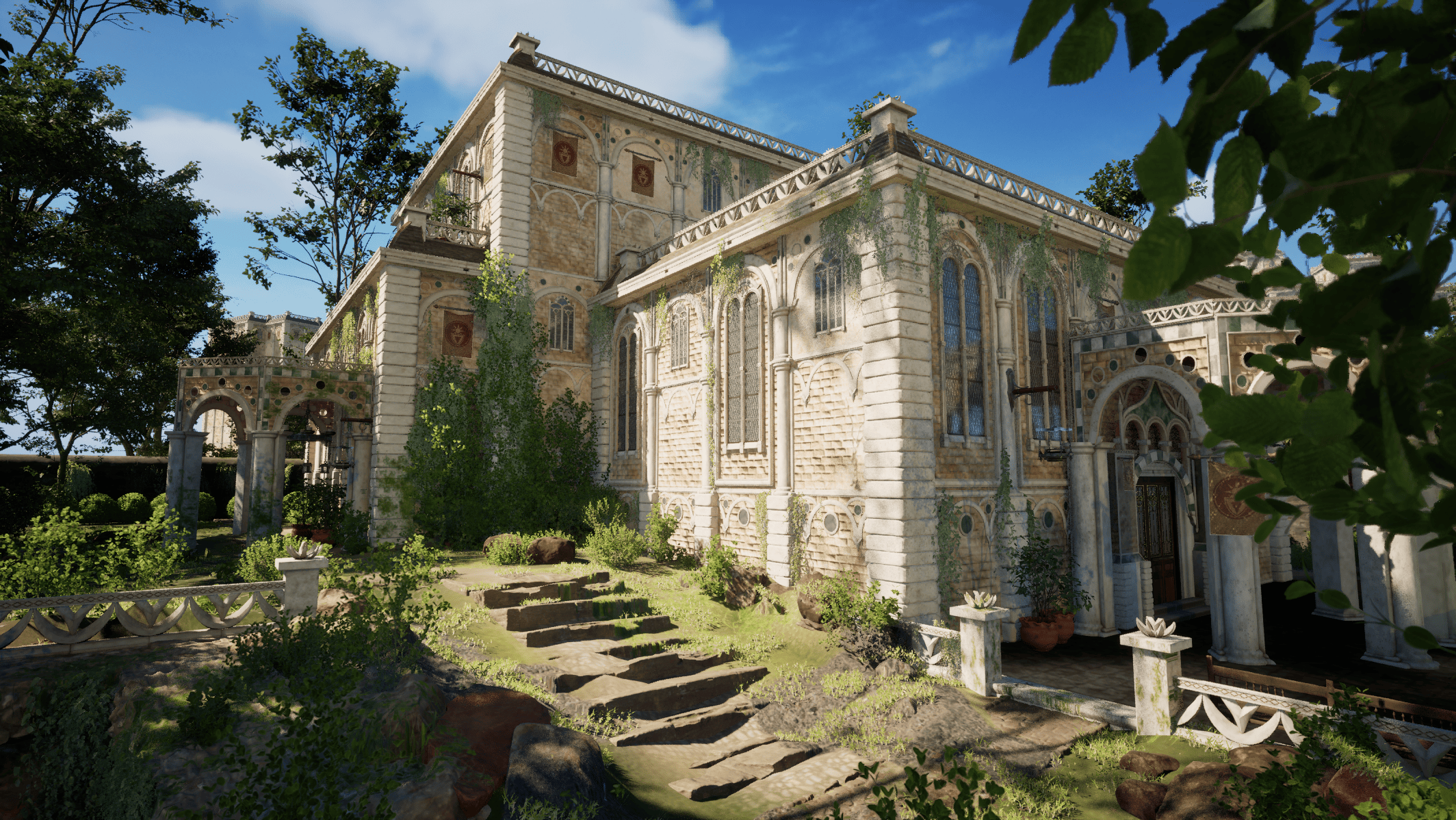
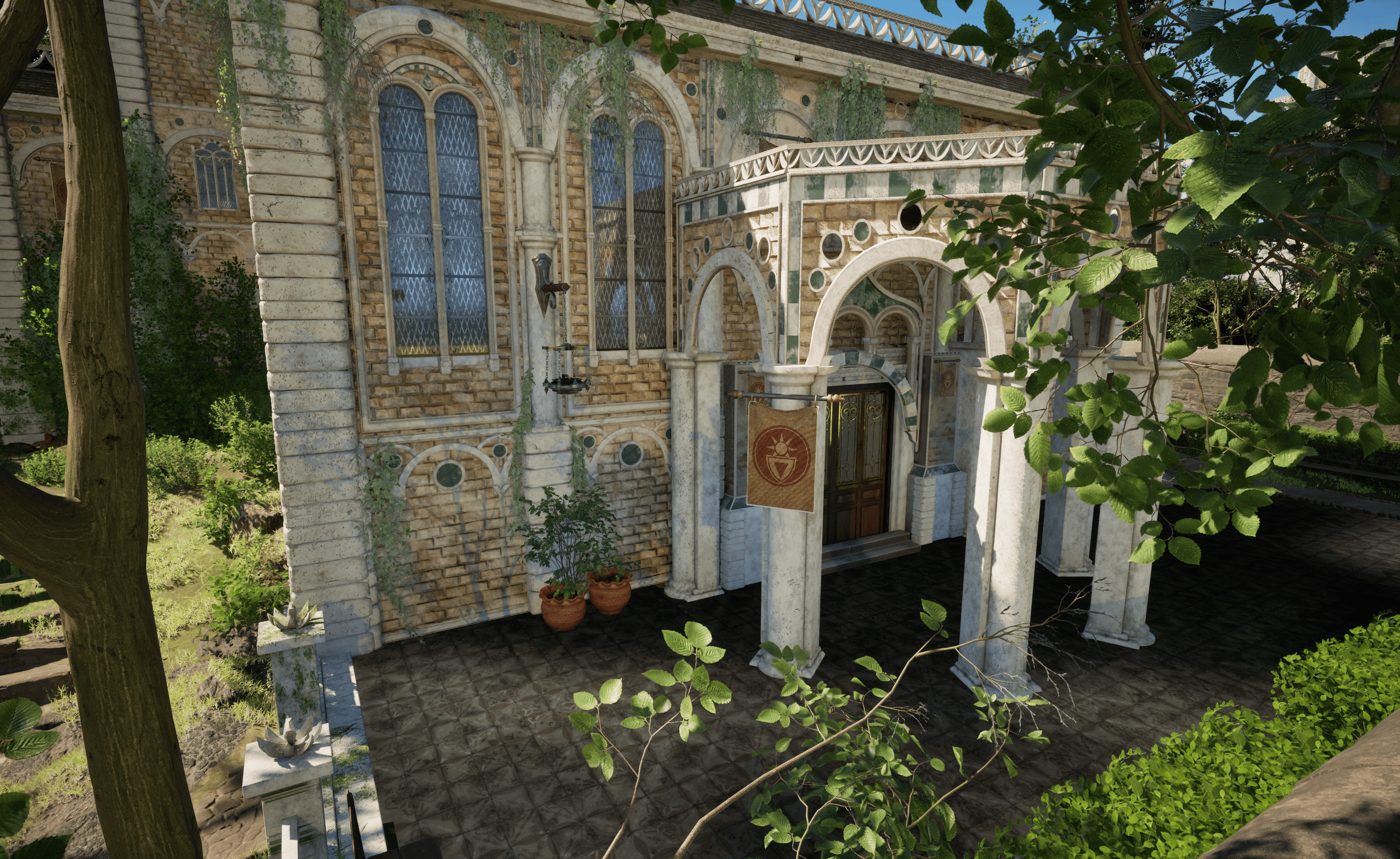
The project concluded with a two-minute promotional video highlighting both the artistic and technical aspects of the system. This milestone marks the culmination of my MA Games Art and Design journey, where I transitioned from an artist experimenting with ideas to someone building full-fledged procedural pipelines for game-ready environments.
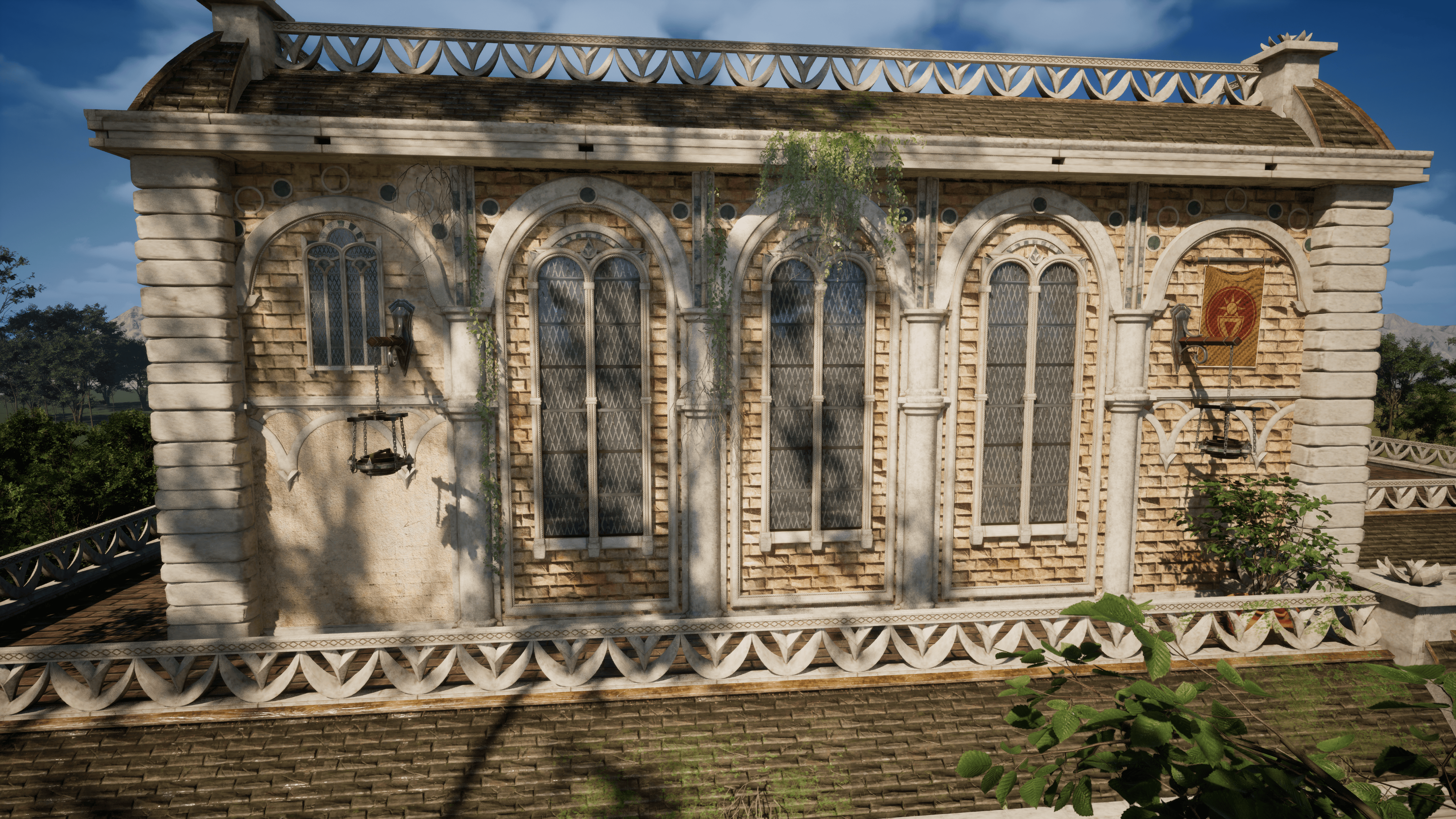
Most importantly, the project proves a key point:
Procedural generation doesn’t replace artistry — it amplifies it. By automating repetitive structural building, artists can spend more time where it matters: pushing the detail, storytelling, and beauty of their modular assets.
Here is a link to complete project breakdown on my Artstation: https://www.artstation.com/muqaddasaman
Link to a video breakdown of the project: VideoBreakdown_TimelessEpoch


Replies